Description
Description: Chinese porcelain small plate with an interesting, rare decoration. A big ship approaching the port of a walled town, welcomed by many boats on which people are waving small flags. The scene is quite detailed, showing two sailors hosted in the crow nest up on the mast of the big ship, while others are busy, probably lowering the sails. We thought that, being so well detailed, the decoration should be representing some special event. The Notes below are reporting what we have found and speculated about it, and why we said that the decoration is very rare.
Dating: 16th century, Jiajing, Ming dynasty.
Size: 19.7 cm diameter
Provenance: Antiquarian market
References: See last four pictures above and read the Notes below as partial references.
Notes: What must be noted on this plate are three things: the masted big ship / the quite distinctive way of painting the figures, which are all in the same pose, all them with blue jacket and white trousers, like a sort of uniform, and all them hair dressed with the tuft / the decoration on the border, highly unusual for this type of dishes.
As a result of very extensive research (more than 1,000 dishes and cups of the same period) we have found very few references, which are sharing one or two of these features, but none altogether. All these references are in important places. The almost exact scene we have found on three of the dishes that are hanged on the famous ceil of the Santos Palace in Lisbon (now French Ambassy), which are illustrated at pages 189, 191 and 192 of the catalogue raisonné “Chinese Porcelains of the Santos Palace”. A further dish is in the Topkapi Saray Museum, but the scene is similar but not so close. All three dishes of the Santos Palace are bigger than our one. The fourth picture above is showing the one which decoration is better readable, especially for the detail of the dresses.
So, all the mentioned dishes are sharing the same scene, but not the same type of decoration at the rim. In considering only those dishes, we thought that a probable meaning of the scene was the arrival of an European ship at Canton’s port. This because of the big masted ship, which dotted line on its side was probably representing the cannons, because of the people on boats welcoming it, and the walled town. But we had some perplexities due to the fact that what should be the local and foreign people were looking the same, dressed the same way. On Chinese porcelain, foreigners are always represented in a distinctive way.
Then we found two very important references with the sailors represented the same way, although the big ship is not looking so similar. One is the very famous small bowl that is part of the gift made by the Grand Duke of Tuscany, Ferdinando I de’ Medici, to Christian I of Saxony, and now in Dresden Museum. That bowl, which is illustrated in the sixth picture above, is of extraordinary importance, being part of the 16 Chinese porcelain items of the gift, which are considered the earliest documented Ming porcelain in Europe (see Eva Strober, Curator of Oriental Porcelain section of Dresden Museum), having been recorded in the inventory of 1579 of the Medici family, when Ferdinando de’ Medici moved from Rome to Florence.
The other reference is a bowl in the collection of the Topkapi Saray Museum, see seventh picture above. We are giving great importance to that bowl; in our opinion, it is the key for the most probable interpretation of the scene. On the left side of the scene, we see people in a pagoda, watching the passage of a big, masted ship, with a smaller accompanying boat tied to it. Some details are very important. The people in the top floor of the pagoda are hair dressed the same way of those on the big ship, while the people on the lower floors are wearing an imposing hat. The people on the big ship are divided in two categories: the sailors, busy while maneuvering ropes and sails, and the military on the fortified wood towers and the crow nests, identified as such by the arrows they are carrying on their back. Then, the two figures at the top of the pagoda, being dressed the same way of those on the ship, must be guards, while the figures on the lower two floors must be officials. All this, together with the important detail of the flag, showing the same constellation, that is in the sky, are suggesting that there is a great chance that the bowl is illustrating the departure or the arriving of a maritime expedition.
We then also found what is seen in the last picture, a map of 1621, the Wu Bei Zhi, which is reporting some of the maps of the navigation guided by stars (this one is the route back from Hormuz to India), used by the great fleet Admiral Zheng He. There, we can see that the ship, undoubtedly Chinese, is similar to those on the dishes (including the dotted line on the side), which is excluding the possibility that the ships on the dishes are European.
At this point, considering that it must be taken in relevant account the fact that either the people on the big ship of the dishes and the people on the small boats are dressed the same way, which is pointing toward the uniform of the same group (being it military or else), the possibility that the scene is representing the welcoming back of one of Zheng He’ seven expeditions may not be excluded and we like to consider it probable. A not definitive, sure interpretation of the motif, but possible; surely deserving further studies.
As for the decoration motif on the border of the dish, we have found it on only two plates of the Santos Palace, illustrated at pages 249 and 251 of the mentioned catalogue, where it is described as “border of ruyi alternating with lambrequins trimmed with beads. This border overflows from the lip of the plate into the cavetto, which is unusual”. On the same book, it is written that Daisy Lion-Goldschmidt also noted a similar border on a waterside landscape decorated dish from the Pusat Museum in Jakarta, found on the island of Buru in the Moluccas. The conclusion, at the date, is that after extensive research we have found the same scene on only three more examples, distinctive features on only two more examples, and the same border on only two other examples, while this dish is the only one bearing all these features together, which make it exceedingly rare.

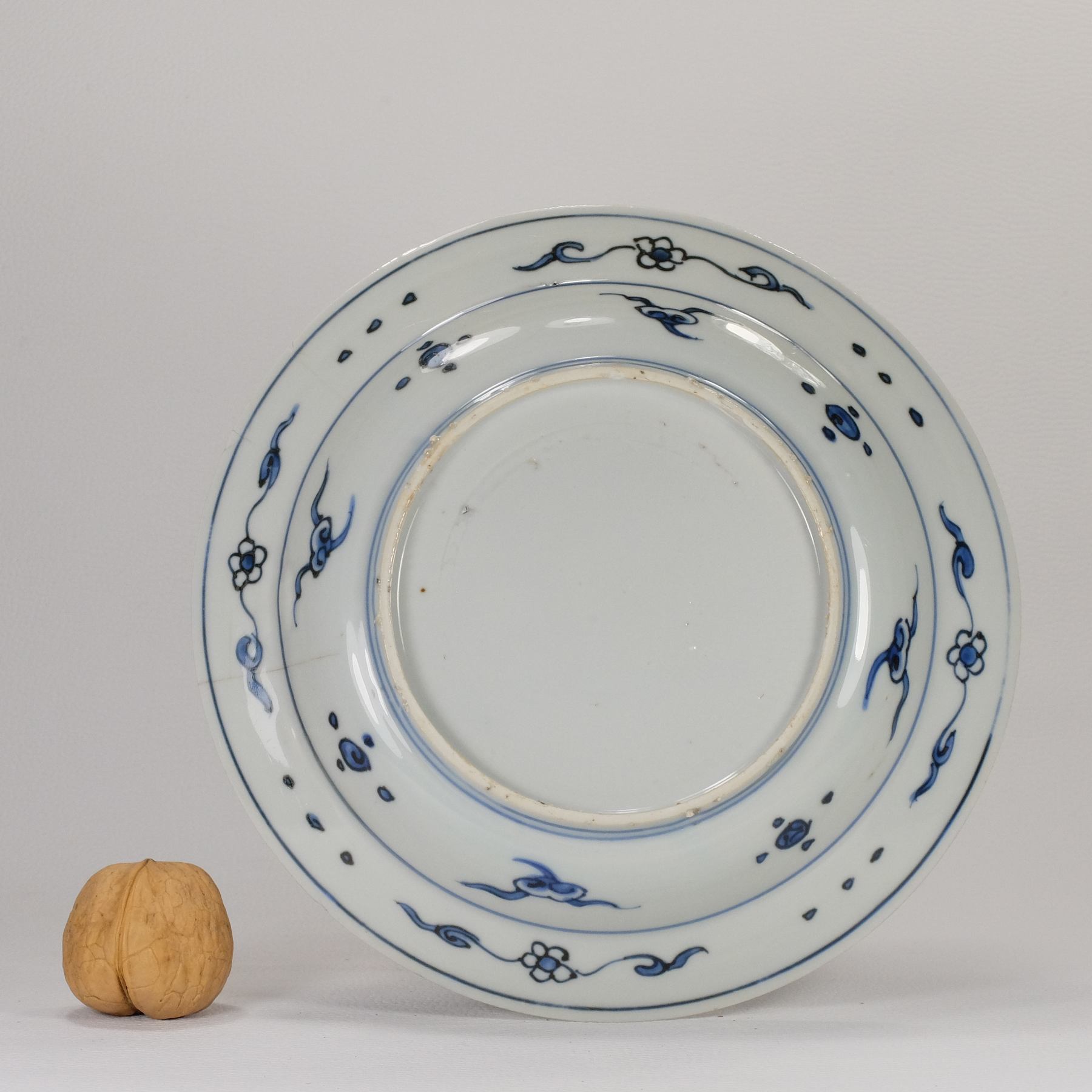
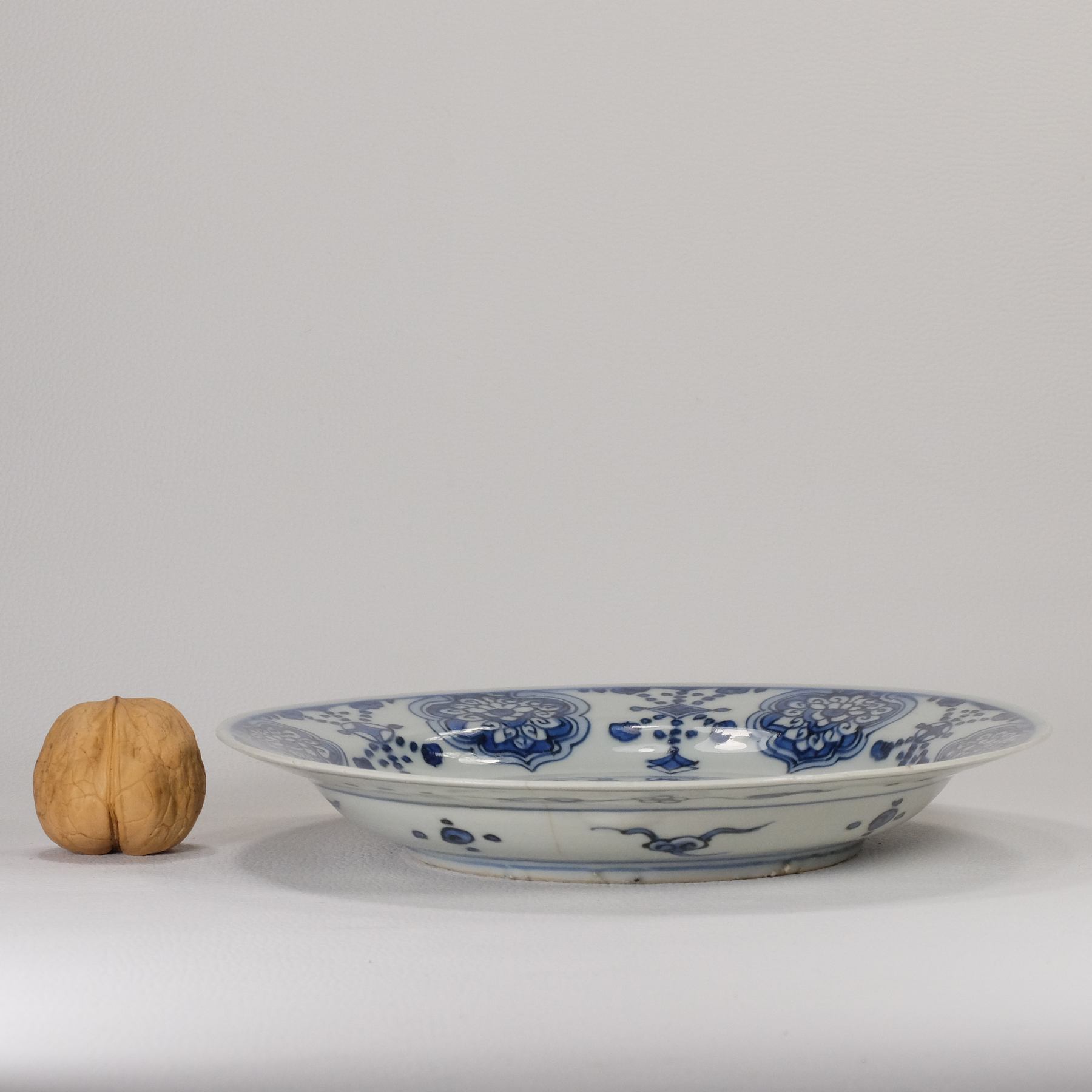
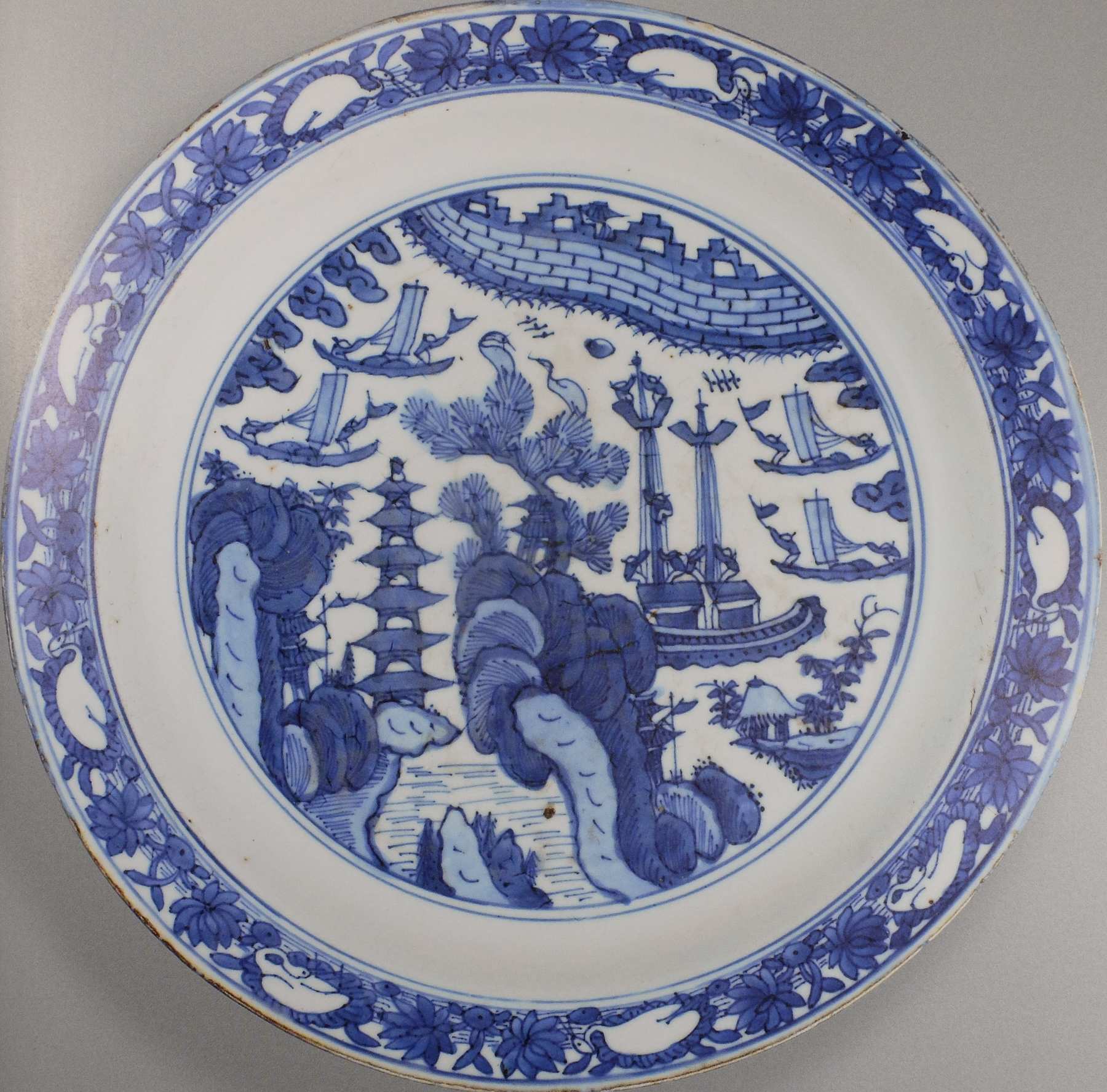
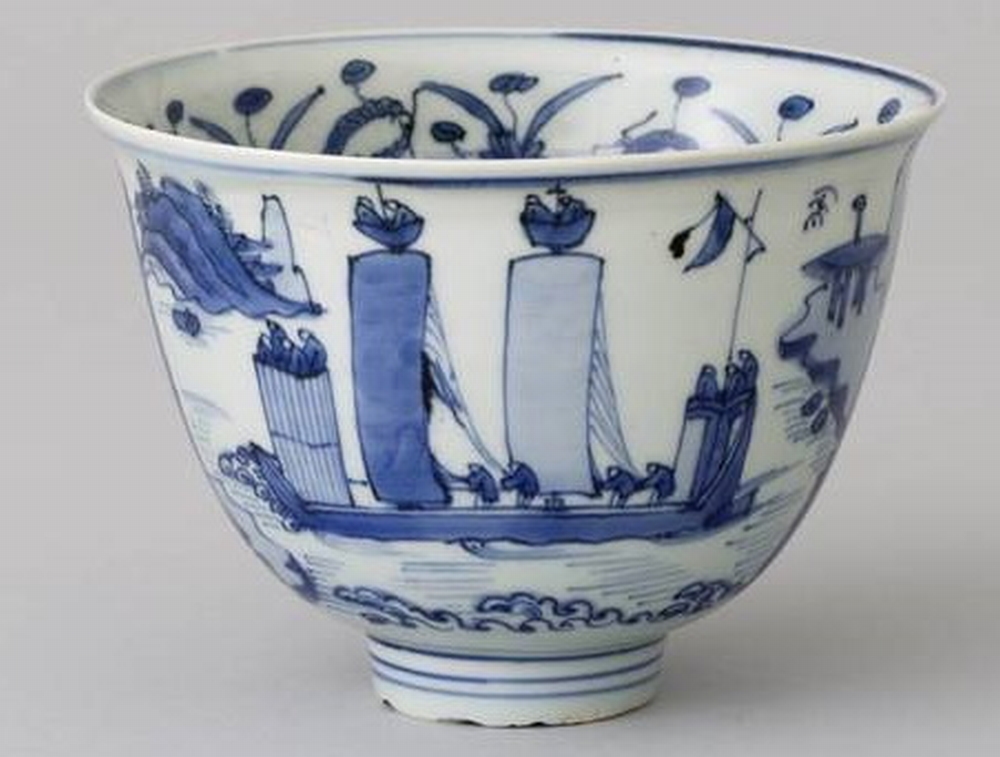
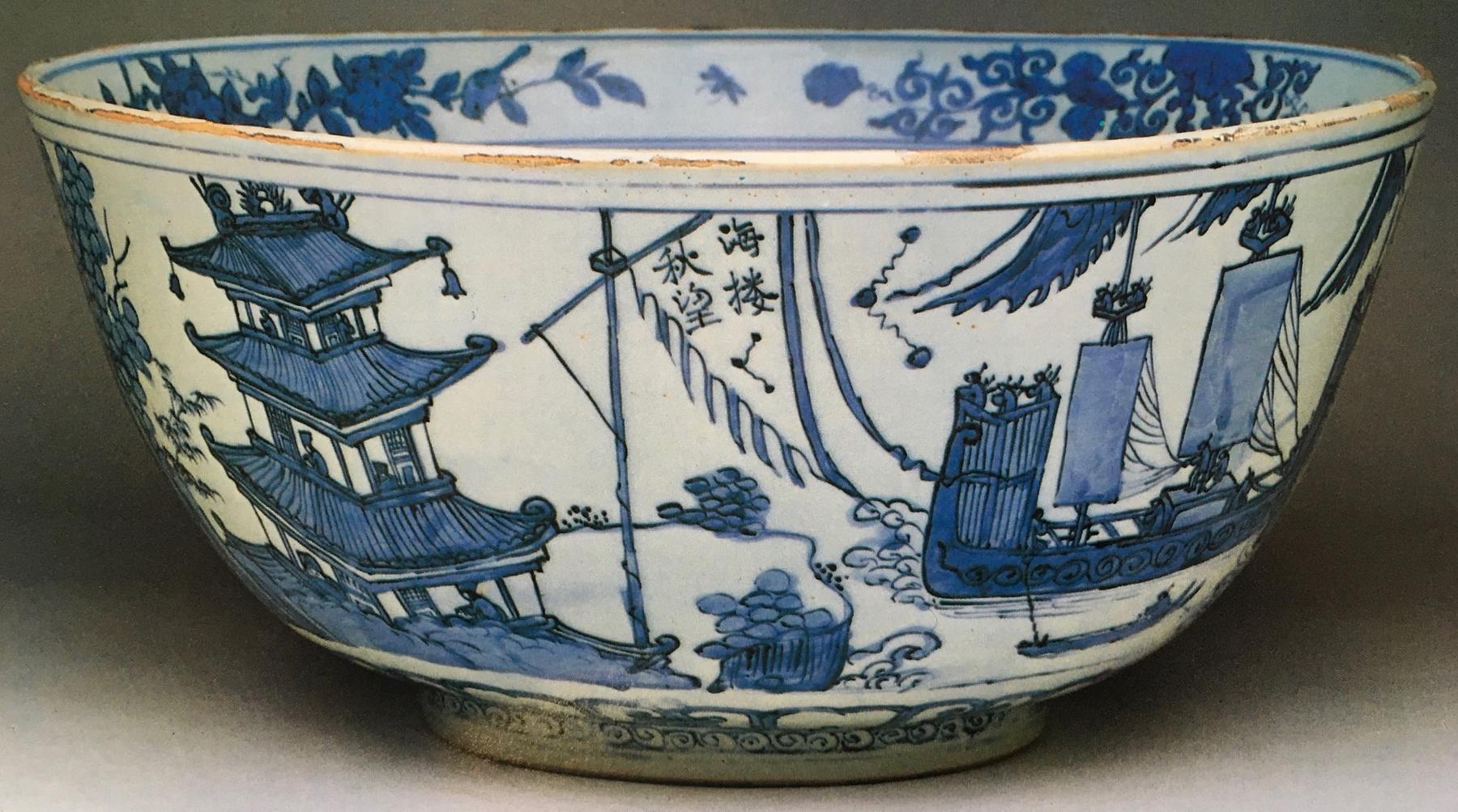
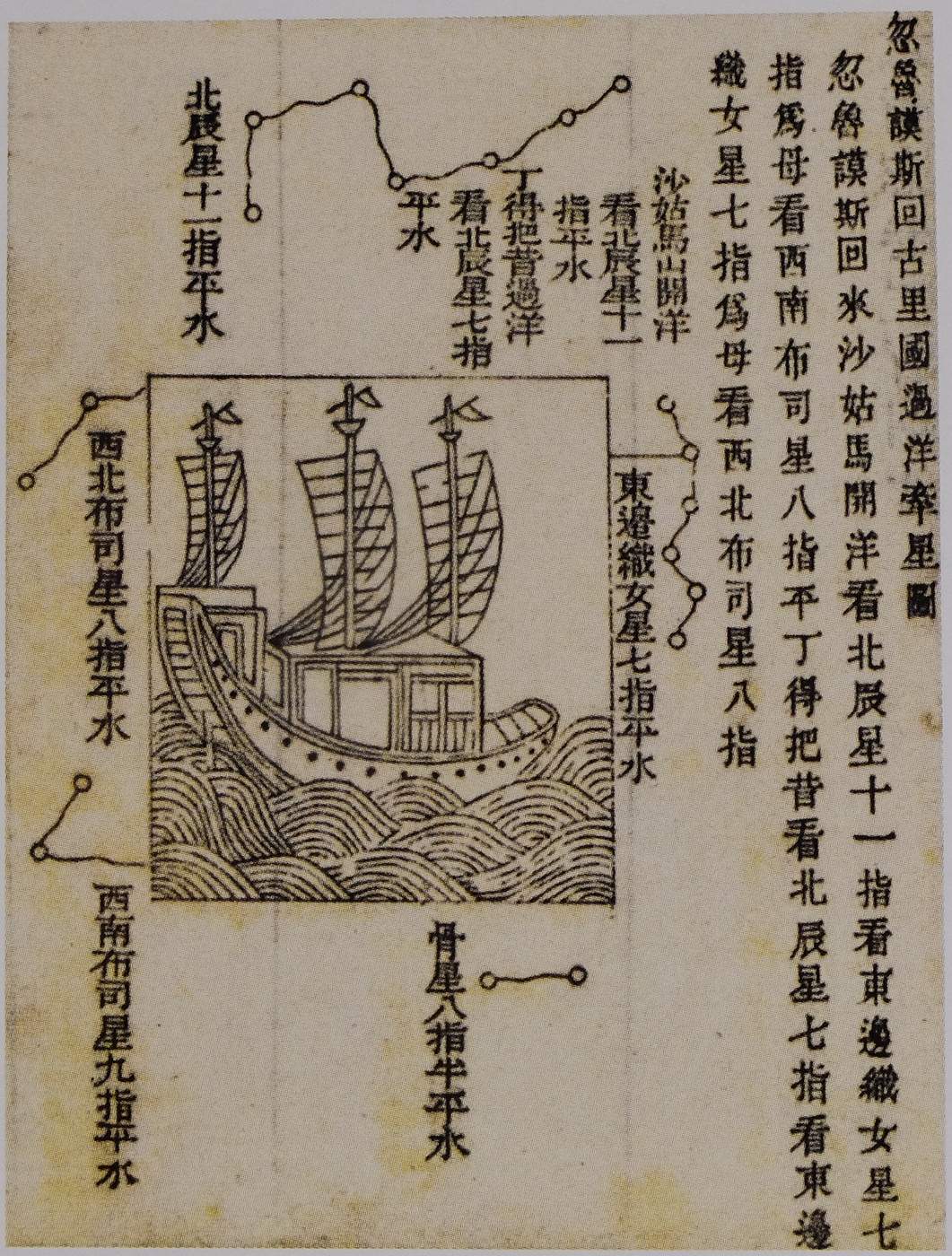
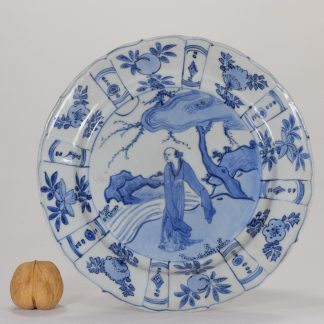
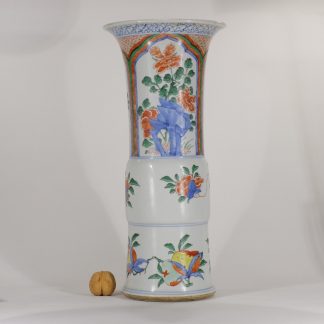
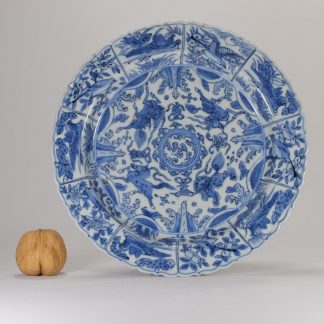
Reviews
There are no reviews yet.